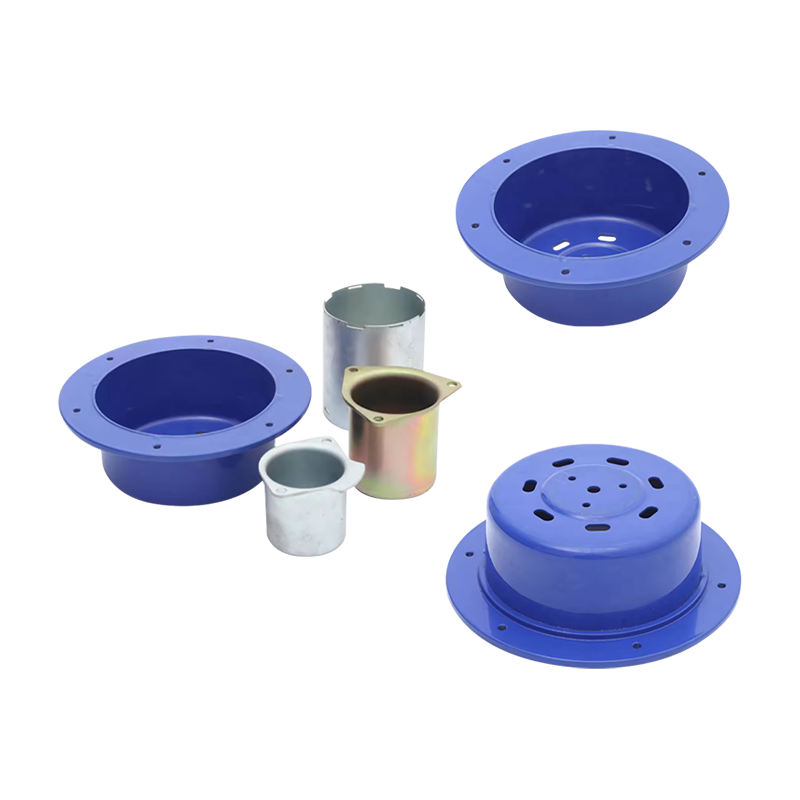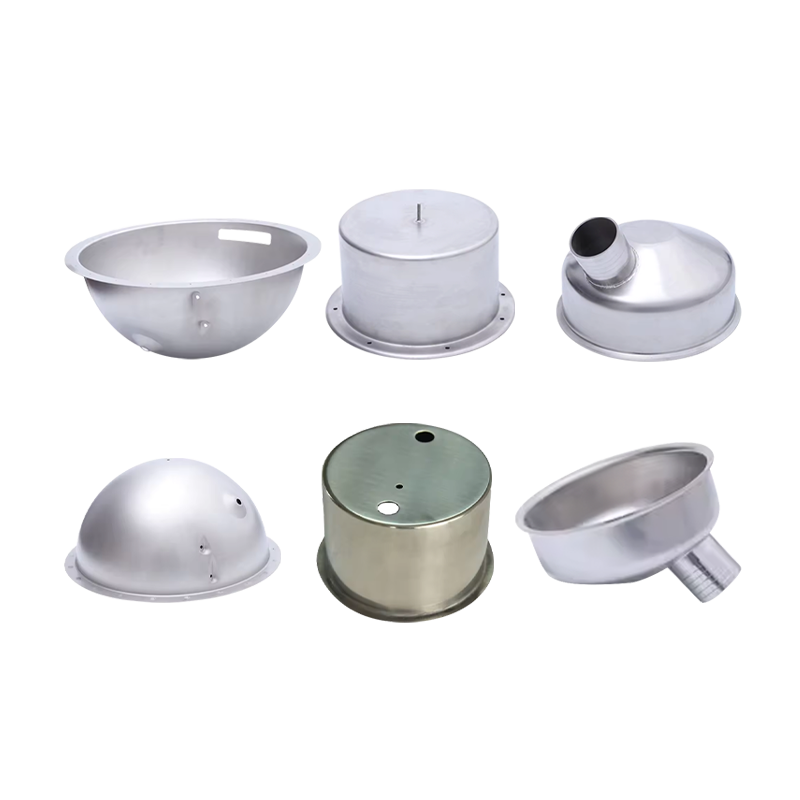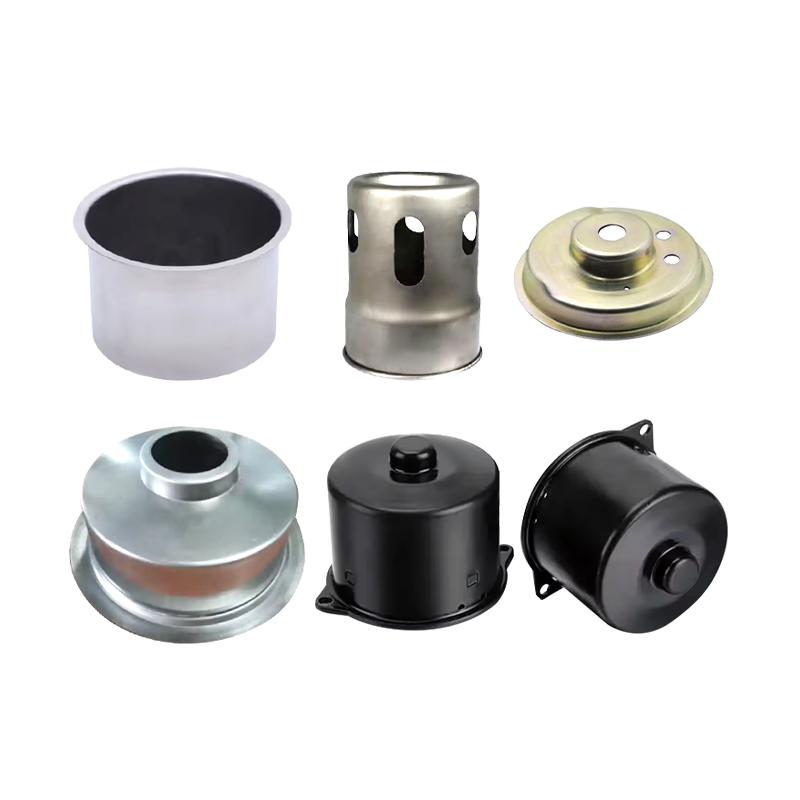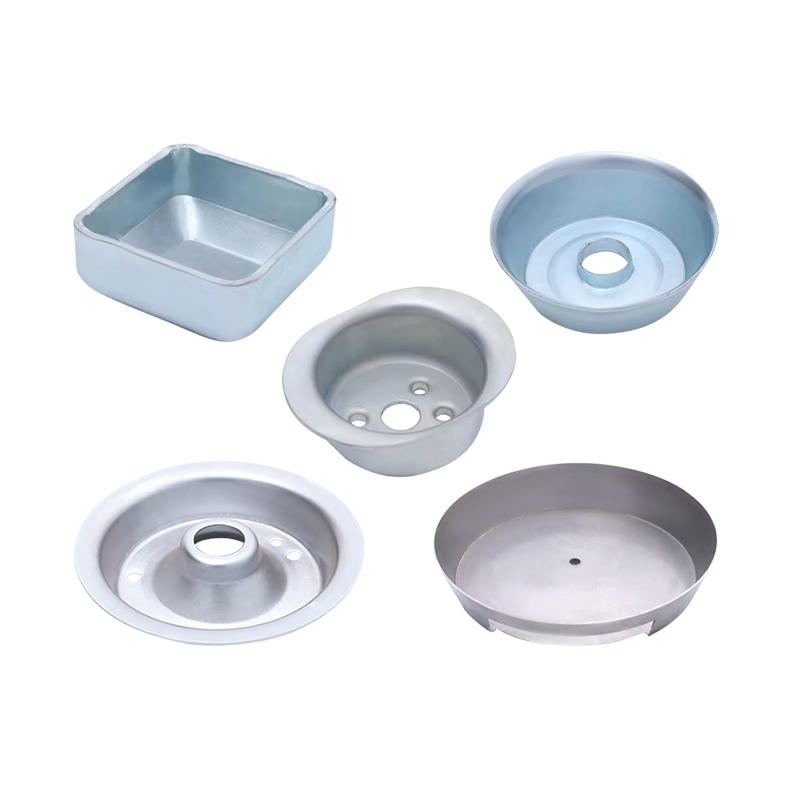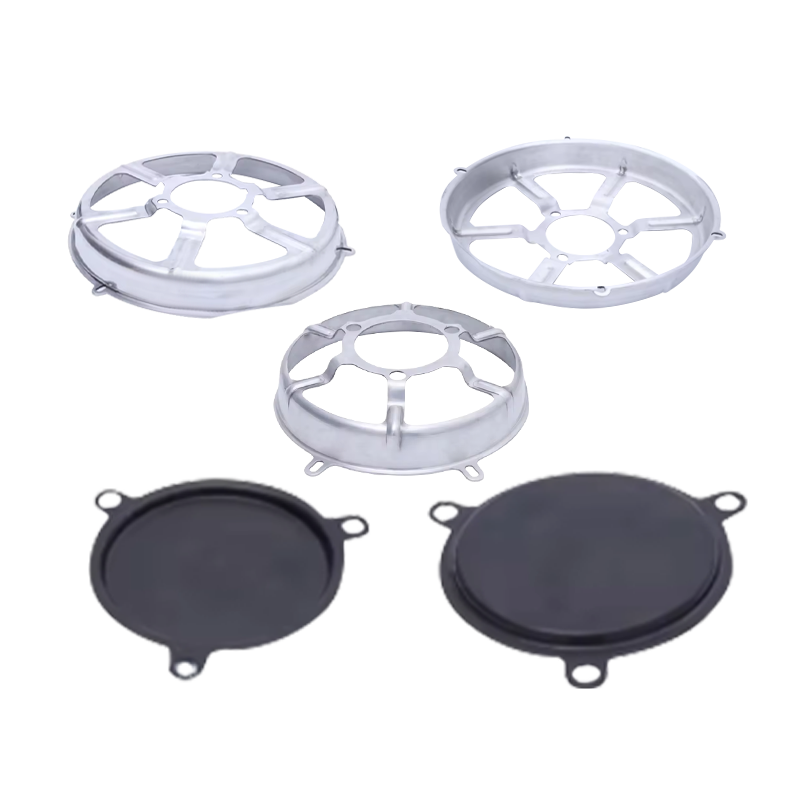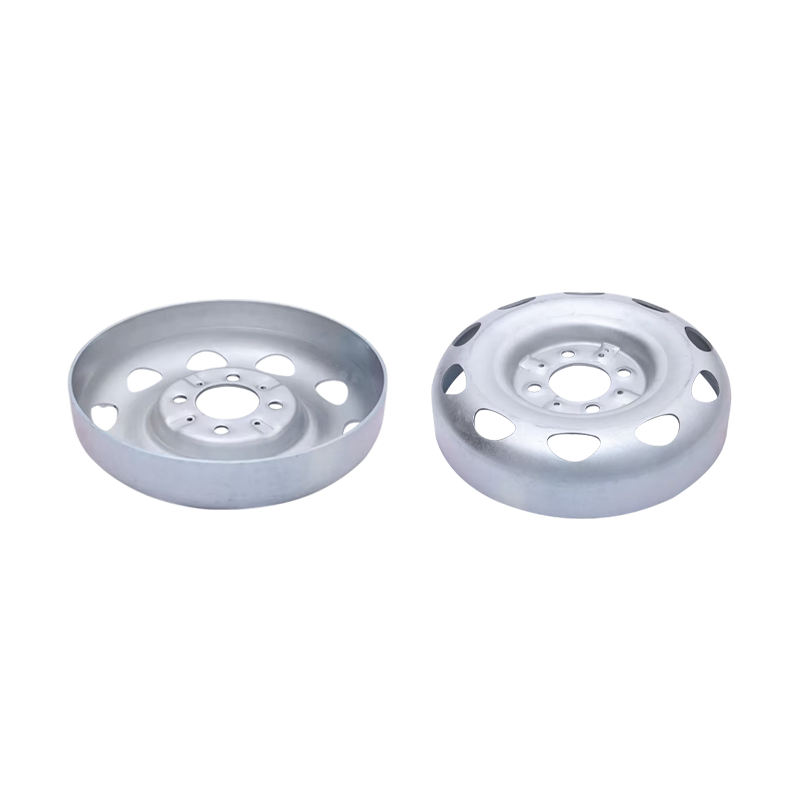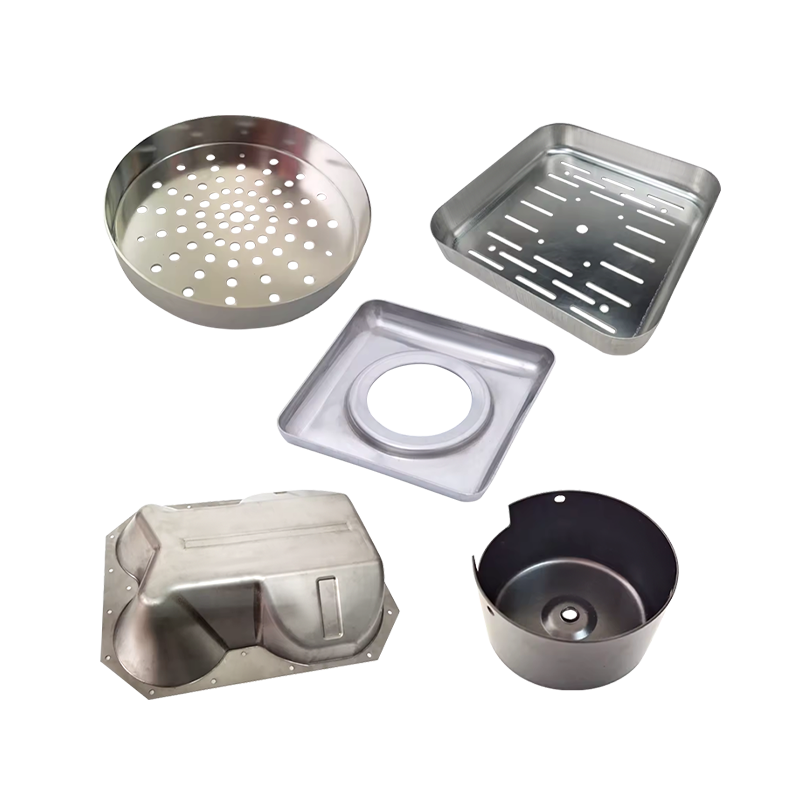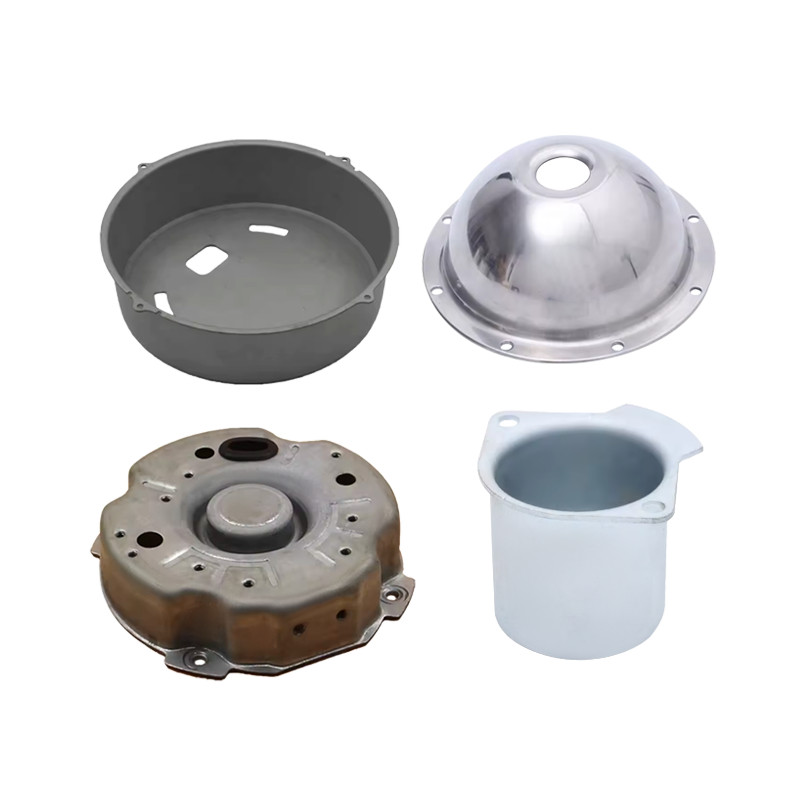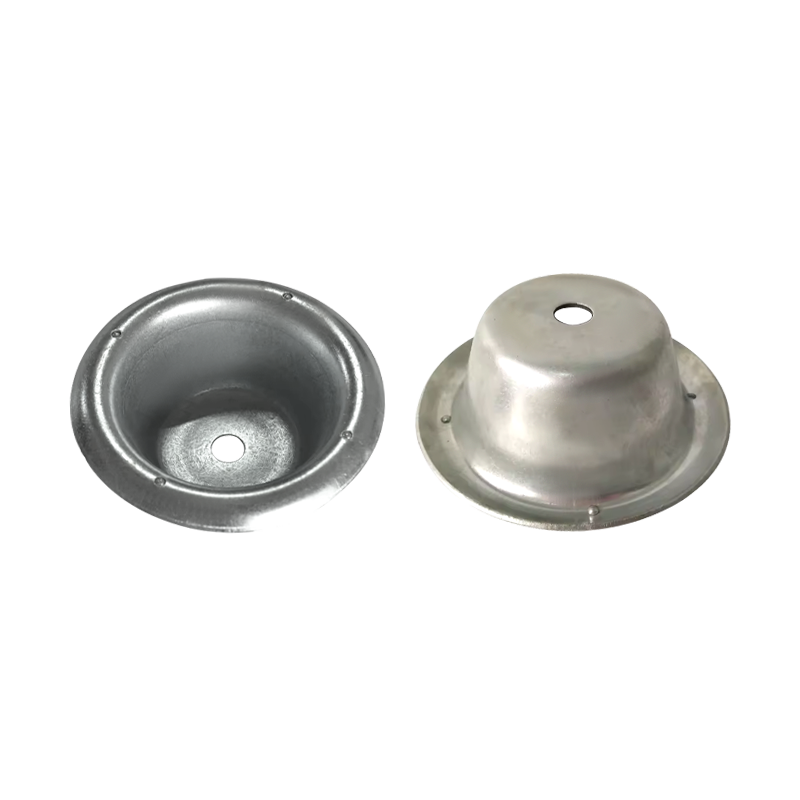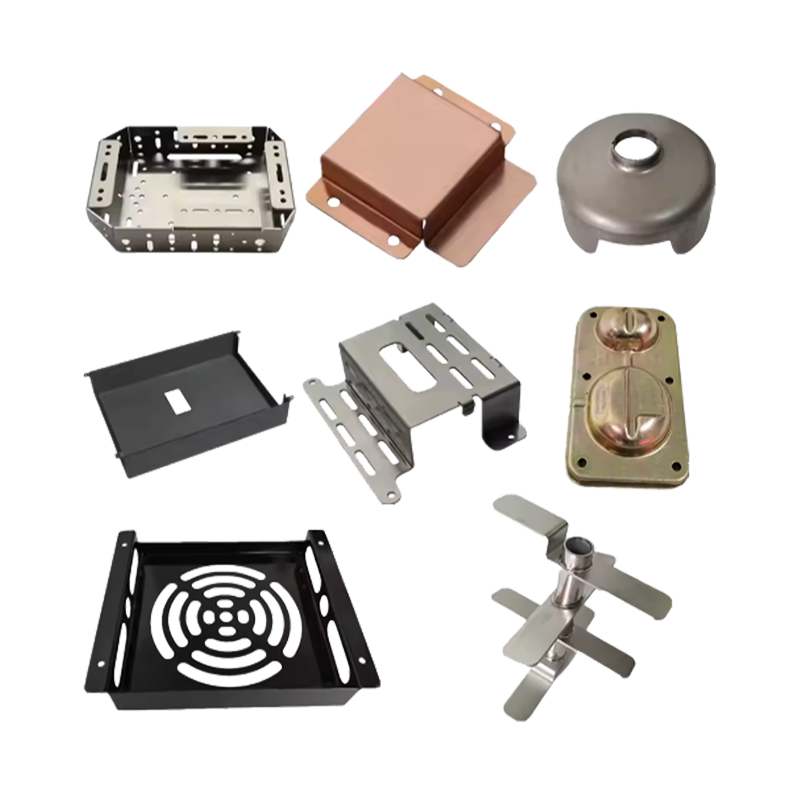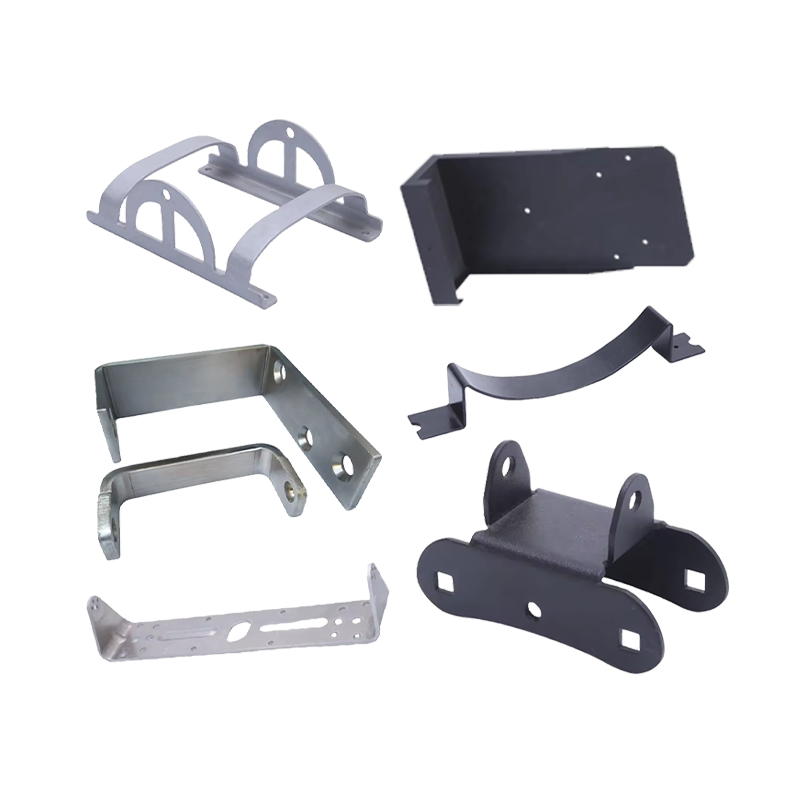Web Menu
Product Search
Exit Menu
News categories
RECENT POSTS
-
Why are metal animal drinking bowls the best choice for safe pet drinking water?
Dec 23,2025 -
What are the common defects and solutions for metal bending parts?
Dec 16,2025 -
What to do if burrs appear on metal stamping parts? How to avoid them?
Dec 09,2025 -
What are Metal Bending and Drawing Parts?
Dec 02,2025 -
Precision Deep Drawing & Metal Stamping Solutions | High-Volume Manufacturing Expertise
Dec 01,2025
What is the effect of different materials (such as carbon steel, stainless steel and aluminum) on deep drawing processing?
Deep drawing is an important metal forming process that is widely used to manufacture parts of various complex shapes. The choice of materials plays a key role in deep drawing, and common materials include carbon steel, stainless steel, and aluminum. This article will explore the impact of these materials in deep drawing.
1. Carbon steel
Carbon steel is often used in deep drawing due to its excellent strength and rigidity. Its main advantages include:
High strength: Carbon steel performs well under high tensile forces and is suitable for manufacturing parts that bear high loads.
Cost-effectiveness: Compared with other metals, carbon steel has a lower cost and is suitable for large-scale production.
Formability: The moderate carbon content makes it formable, but care should be taken to control the tensile rate to prevent the material from breaking.
However, the disadvantage of carbon steel is its susceptibility to corrosion, and additional surface treatment is usually required to improve durability.
2. Stainless steel
Stainless steel is widely used in occasions with high environmental requirements due to its excellent corrosion resistance and strength. Its characteristics include:
Corrosion resistance: A protective film is formed on the surface of stainless steel, which allows it to maintain good performance in wet or chemical environments.
Aesthetics: Its smooth surface and good appearance make it visually attractive and suitable for high-end products.
Processing difficulty: Compared with carbon steel, stainless steel has poor formability, and deep drawing may require greater tensile force and higher mold quality to avoid material deformation or damage.
3. Aluminum
Aluminum is favored for its light weight and excellent conductivity, especially in the aerospace and automotive industries. The characteristics of aluminum include:
Lightweight: Aluminum has a low density, making the final product lighter and suitable for applications with strict weight requirements.
Good formability: Aluminum is easy to form, suitable for processing complex geometries, and has strong deformation ability during processing.
Corrosion resistance: The surface of aluminum can naturally oxidize to form a protective layer, which has a certain degree of corrosion resistance.
However, aluminum has relatively low strength and may not be suitable for high-load applications.
What are the common defects and solutions in the manufacturing process of metal deep drawing parts?
What is the basic process of metal stamping and what are the main steps involved?
related products
Whether you want to become our partner or need our professional guidance or support in product selections and problem solutions, our experts are always ready to help within 12 hours globally
contact UsPhone:+86 139-5824-9488
FAX :+86 574-86150176
E-mail: [email protected] [email protected]
Address: Unit 2, Building 19, Zhichuangzhizao Park, Chengdong Industrial Zone, Xiangshan, Ningbo,315705, Zhejiang, China

 English
English 中文简体
中文简体 Español
Español